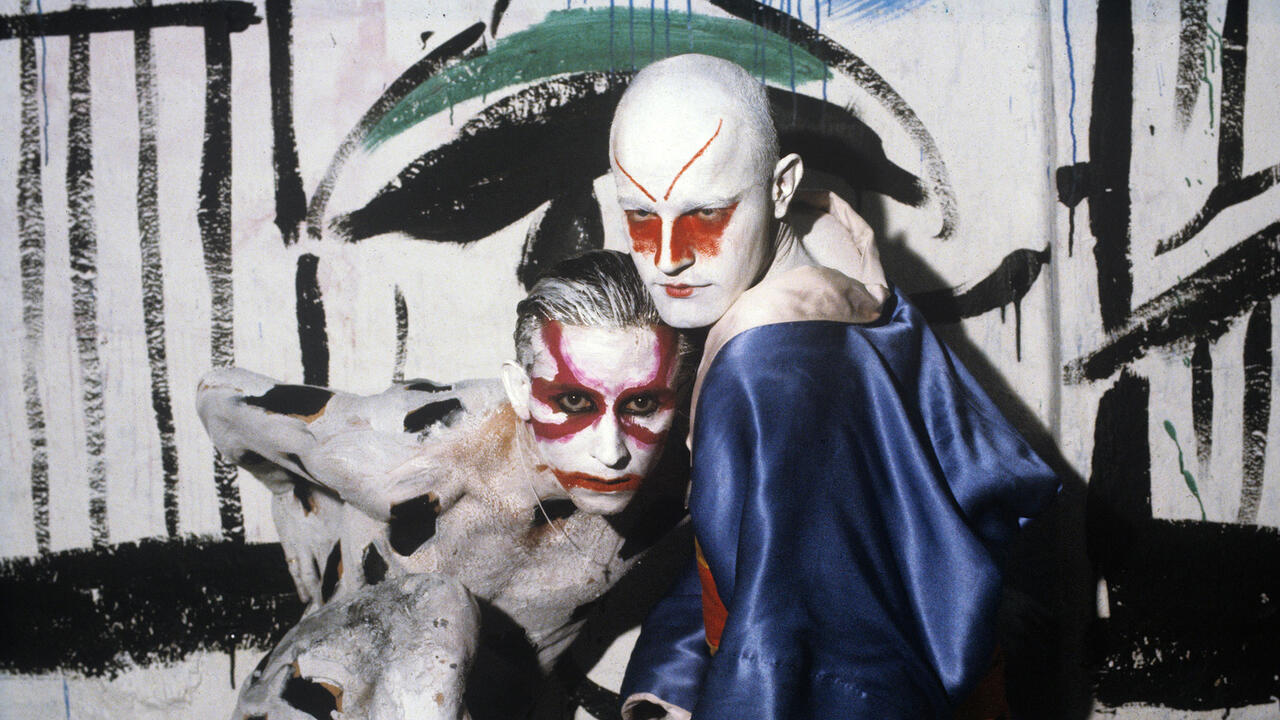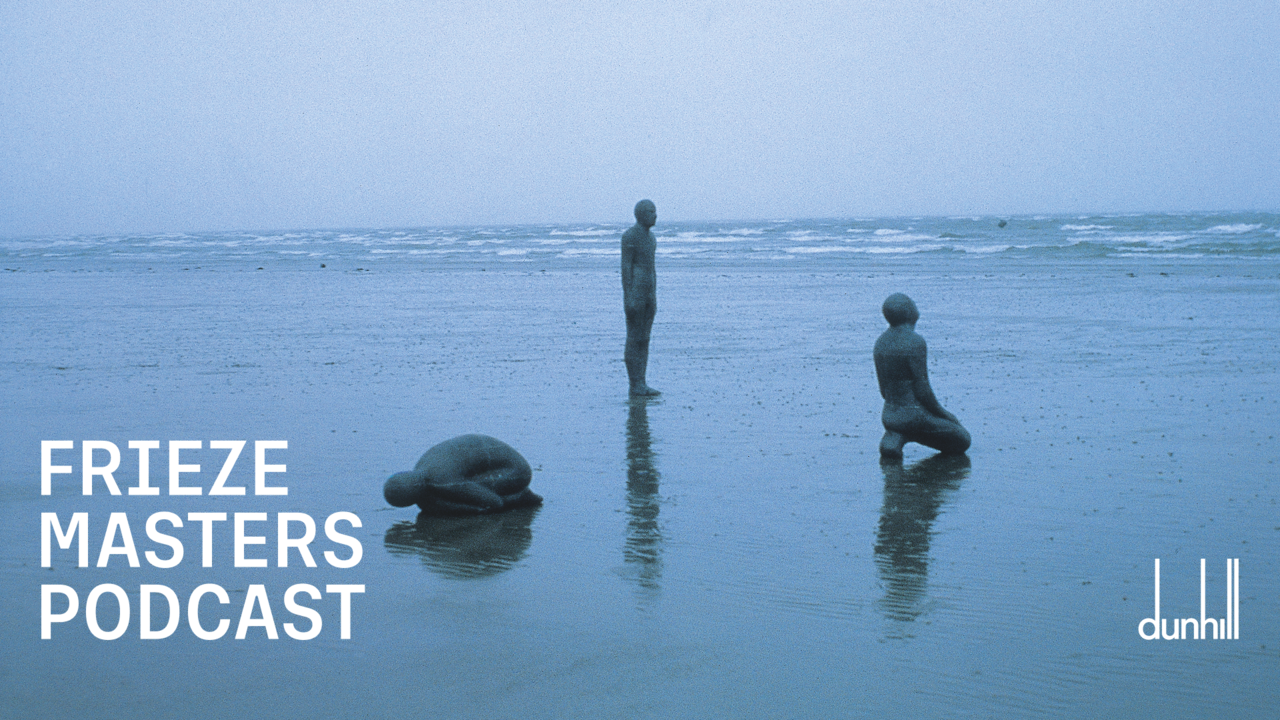X-Screen: Film Installation and Actions of the '60s and '70s

'X-Screen' was a wide-ranging attempt to bring together the worlds of avant-garde film, multimedia events and gallery installation. Presenting selected works from the 1960s and '70s, the show explored the idea of expanded cinema without claiming to offer a complete historical survey. Those on display ranged from the multi-screen films of Malcolm Le Grice and Andy Warhol and installations by Conceptual heavyweights Vito Acconci, Bruce Nauman and Dennis Oppenheim to documentation of projection performances as diverse as Annabel Nicolson's fragile Reel Time (1973) and the psychedelic environments of the USCO group.
Spread over four floors of the museum, each piece had space to breathe; however, it became an acutely demanding show for the casual viewer. Film takes time. To see, or to get some sense of, the work on display the visitor had to commit several minutes to discover how each piece developed. Aside from the films and videos presented in the galleries, other works were represented by text descriptions, photographs or other documentation such as notebooks or posters. Much of the ephemeral work that was originally presented at 'underground' screenings was inevitably represented in this way.
Shows such as 'X-Screen' can also be demanding to stage, and all too often curators take the easy route of a quick video transfer without considering how much of the work is lost in translation detracting from any sense of adventure, uncertainty and spontaneity. The few works that had been transferred to DVD for video projection felt weaker than those exhibited in their original formats. Nauman's Rotating Glass Walls (1970), for example, seemed to suffer as harsh pixels and video lines replaced the even grain of film. The wonderfully sparse imagery - a centrally pivoted glass frame rotating on its horizontal axis - is so minimal that the lines and pixels that brutally infringed it, and the trans-parency of film that was so integral to the piece, were shattered by the luminosity of the video image. Also updated was Dennis Oppenheim's Machine Gun Fire (1974). Its texture here was radically different from when it was presented in its original 8mm format and, although vital and menacing, it looked brand new yet somehow out of place in a historical show.
Even when retaining the original technology, there was a shift in expression as the presentation seemed fetishistic and sanitized. A central tenet of expanded cinema practice, as with the Conceptual works of the same period, was a rejection of the art work as commodity: the participating viewer bought into an experience rather than an object. Here continuous loop presentation appeared impersonal and at odds with the original intention and uniqueness of the works. The presentation of Line Describing a Cone (1974), by Anthony McCall, seemed symptomatic in this regard. This is a film to be shared, and screenings of this work usually begin with an air of excited anticipation as a thin point of light first bisects the room. There is a wave of childish wonder as the audience reaches out to 'touch' the light, and a collective sense of celebration (and a certain sadness) when the cone traced by the beam is fully formed, becoming a true manifestation of light occupying space with the weight and mass of sculpture. At MuMoK, however, the spectator was able to arrive or leave at any point along its development. Once the cone was complete, it immediately renewed itself, negating the sociable, event-based nature of the piece.
Paul Sharits addressed the problem of film as installation by developing 'locational film environments' with non-developmental loops that do not require a specific duration of attention from the casual spectator. Epileptic Seizure Comparison (1976) - two 16mm loops presented between converging walls in a trapezoid room (originally reflective silver, but here plain white) - was one of the smallest installations but the real jewel of the show.
Investigating what W. Grey Walter (whose 1953 book The Living Brain reported his research into epilepsy through the use of stroboscopic light) described as 'the majestic potentials of convulsive seizure', Epileptic Seizure Comparison uses single-frame composition to exploit the fundamental flicker that creates cinematic movement. On each loop the rapidly alternating colour fields are punctuated by scientific footage of a patient having an epileptic seizure. The spatial structure and audio-visual assault combine in a powerful sonic attack on the viewer, a disorienting and mind-bending collage of moans and wails mixed in with synthesized simulations of erratic brain-wave patterns.
'X-Screen' continued the exploration of an increasingly relevant but widely neglected area of recent art history that was first seriously addressed by 'Into the Light' at the Whitney Museum, New York, in 2001. So much more remains to be rediscovered, but new, or more sensitive, ways to present the work need to be developed to show it in the best possible light.















